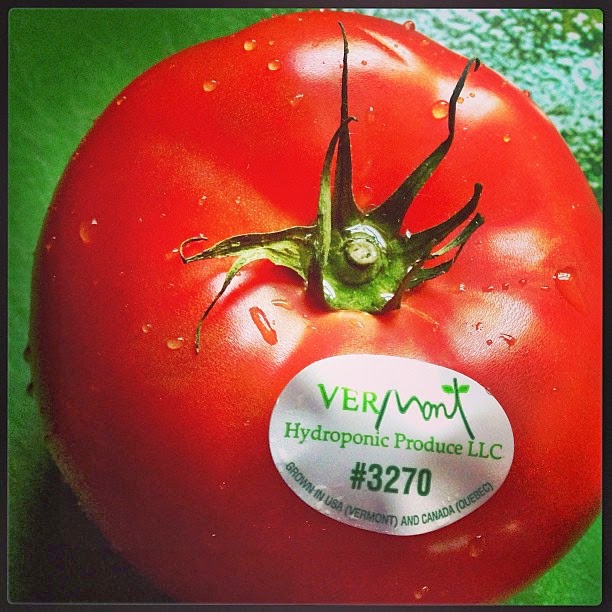http://creativecommons.org/licenses/by-sa/2.0/legalcode
Not altered
Source: Flickr
Image: Nicholas A. Tonelli
Look inviting? Just ten minutes spent in nature can do wonders for the mind, body and spirit. While it has yet to make it into the DSM-5 or the ICD-10, The nature deficit disorder theory is gaining momentum. Every day more experts seem to agree that our brains and bodies were not designed for sitting indoors, staring at screens and eating processed food. In his 2005 book, Last Child in the Woods, Richard Louv made a strong argument for getting kids back outside to counteract their cognitive, emotional and behavioral problems. According to Louv, the average American child spends 44 hours a week with electronic media, and this is going to affect society in ways we haven't even imagined. Let's not forget anxious adults strung out on Starbucks, commuting from screen to screen while checking their email and texting on their smart phone as they gobble down the latest cereal bar to hit the shelves.
Source: Google Images
Image: Algonquin Books
In 2009, a study published in the Journal of Epidemiology and Community Health revealed living close to nature has a direct impact on our health, as evidenced by over 300,000 Dutch people's medical records. 24 health conditions, including cardiovascular, neurological and respiratory diseases were evaluated in correlation to how much green space was located within 1k and 3k from each person's postal code. Those living within 1k of a park or wooded area experienced less anxiety and depression. Not surprisingly, those living in urban environments had a higher incidence of 15 of the 24 conditions, with anxiety and depression topping the list.
http://creativecommons.org/licenses/by-sa/2.0/legalcode
Not altered
Source: Flickr
Image: Linda Dee 2006
Old Order Amish, living a rural life similar to that of 100 years ago, have a depression rate 10% of the national average. According to Dr. Andrew Weil, industrial life is taking its toll. Weil claims depression is a disease of affluence, that the more industrialized and privileged a society is, the more wracked with anxiety, depression and a host of resulting physical ailments they become. With technological advances exploding, we are isolating and becoming more sedentary than ever before. Our emotional and physical health directly reflect these changes in our environment.
http://creativecommons.org/licenses/by-sa/2.0/legalcode
Not altered
Source: Flickr
Image: Doug 88888
To counteract all of our synthetic entertainment, information overload, lack of physical activity, dwindling honest-to-goodness social contact and ever-increasing intake of processed food, we must get outside more. Spend some time in the sun to boost your Vitamin D intake. Socialize to laugh, relax, listen and get out of your own head. Go for a walk and eat fresh. Start with ten minutes, here and there. Unplug. Wean yourself from destructive winter hibernation patterns and forgive yourself. It's never too late to change.













.jpg)










